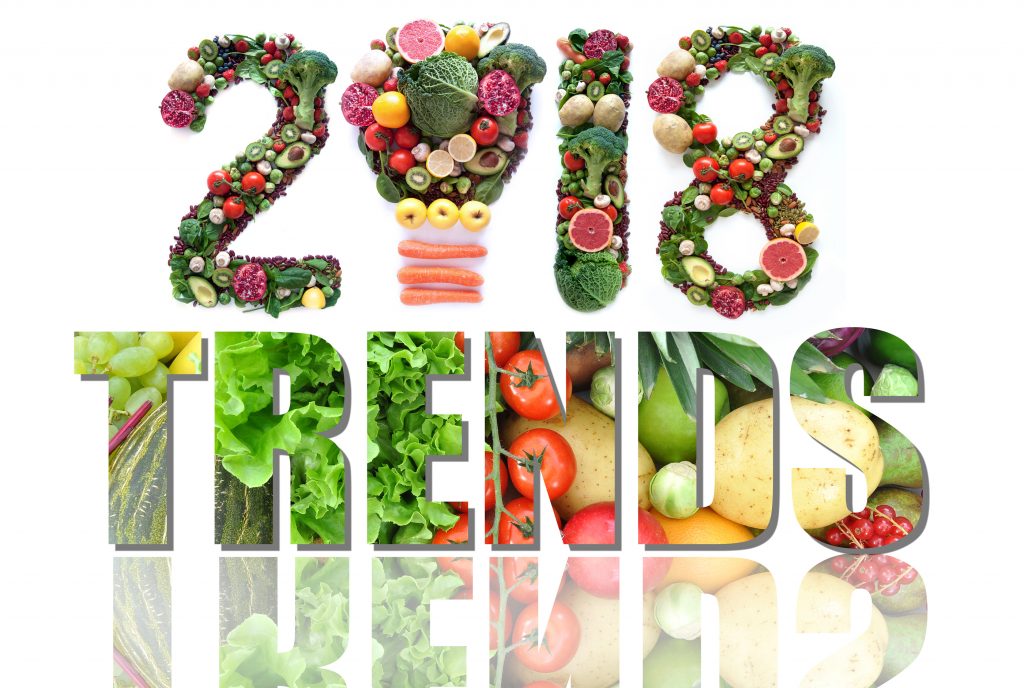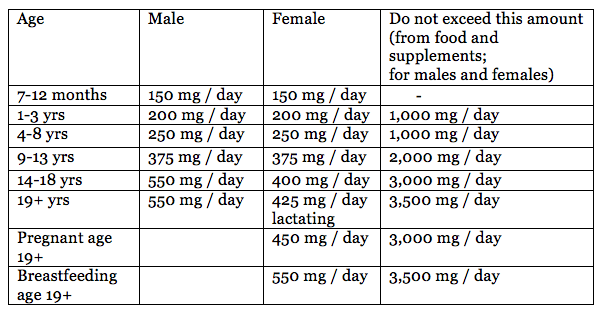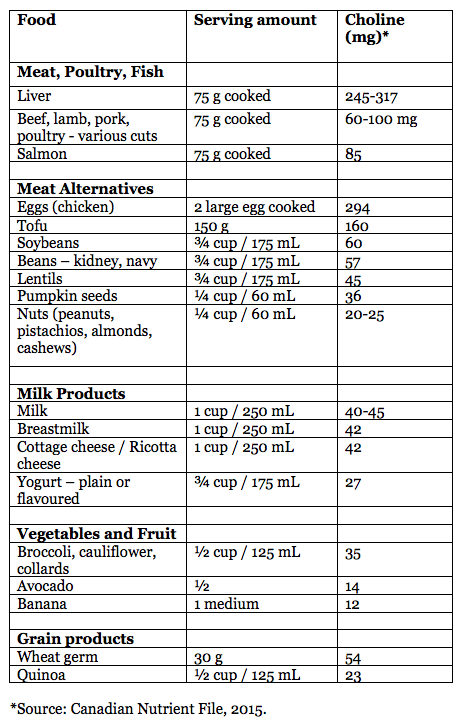
I’ve been keeping up with trends reports from around the world! Here’s what food and nutrition experts are predicting for 2018.
1. Fermented Foods. In a recent survey of 2,500 dietitians fermented foods are predicted to be one of the top trends for 2018. A source of the good, probiotic bacteria, fermented foods include yogurt, kimchi, sauerkraut, kefir, kombucha, miso and natto. (Today’s Dietitian)
2. New and Improved Canada’s Food Guide. It’s been a decade since the last national food guide. With the much anticipated launch of the new Food Guide this year, we can expect to see messaging around not just what to eat, but also how to eat. (Dietitians Sue Mah & Lucia Weiler)
3. Hello Leftovers, Goodbye Food Waste. Canadians will continue to think about how their food choices can reduce food waste. Consumer strategies include a revival in the use of leftovers, right-size portioning and GIY (Grow It Yourself). (Loblaw Food Council)
4. Mindful Choices. Today’s consumers are thoughtful, mindful and conscious about making responsible food choices. They want to understand what is in their food and how it was produced in order to make informed decisions for their health, sustainability and ethical issues. (Innova Market Insights)
5. Rising Food Prices. The price of vegetables and the price of food purchased at restaurants will each rise 4-6% this year. Climate patterns are driving vegetable prices up. The average family of four in Canada will pay $348 more this year on food to a total of $11,948, and 59% of that budget will be spent on dining out. (Canada’s Food Price Report 2018)
6. Micro-markets for Food. As consumers are learning more about food, they are looking for more specialized, individualized choices that align with their personal values whether it be nutritional profile (fat, sugar, sodium, calories), location of production or antibiotic use. This is driving the development of micro-markets for specialized products. (Food Focus 2018)
7. Technofoodology. By the year 2020, there will be 24 billion internet-connected devices installed globally – that’s about 3 devices for every human on earth! This IoT (Internet of Things) revolution is changing the way we purchase, receive and interact with our food. There will be continued expansion of resources including Alexa, Google Home, “click and collect” online grocery shopping, as well as delivery of restaurant meals and meal kits. (Business Insider, Supermarket Guru)
8. Food Blockchain Revolution. Thanks to the Bitcoin, blockchain technology is taking off as a novel way for the agri-food business to record and disclose transactions in an open virtual space across the entire supply chain. From farmer to processor to packer to distributor to packaged goods maker to retailer to food service operator to exporter, blockchain technology brings a new level of transparency and information sharing. For example, in the event of a food safety recall, specific products can be traced easily and quickly. (Ketchum Food Forecast)


















